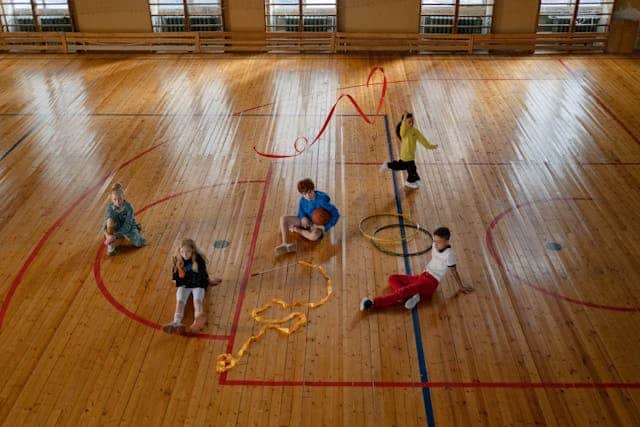
Are You Losing Sleep Over Your Cellphone?
November 6, 2019
Screen time and problem behaviors in children: exploring the mediating role of sleep duration
November 20, 2019The paper titled “Impact of free-living pattern of sedentary behaviour on intra-day glucose regulation in type 2 diabetes” is published in the European Journal of Applied Physiology. Open access. First online: 08 November 2019. The full-text article is available here.
Study summary
Purpose
To investigate how the pattern of sedentary behaviour affects intra-day glucose regulation in type 2 diabetes.
Methods
This intensive longitudinal study was conducted in 37 participants with type 2 diabetes (age, 62.8 ± 10.5 years). Glucose and sedentary behaviour/physical activity were assessed with a continuous glucose monitoring (Abbott FreeStyle Libre) and an activity monitor (activPAL3) for 14 days. Multiple regression models with generalised estimating equations (GEEs) approach were used to assess the associations of sedentary time and breaks in sedentary time with pre-breakfast glucose, pre-lunch glucose, pre-dinner glucose, post-breakfast glucose, post-lunch glucose, post-dinner glucose, bedtime glucose, the dawn phenomenon, time in target glucose range (TIR, glucose 3.9–10 mmol/L) and time above target glucose range (TAR, glucose > 10 mmol/L).
Results
Sedentary time was associated with higher pre-breakfast glucose (p = 0.001), pre-dinner glucose (p < 0.001), post-lunch glucose (p = 0.005), post-dinner glucose (p = 0.013) and the dawn phenomenon (p < 0.001). Breaks in sedentary time were associated with lower pre-breakfast glucose (p = 0.023), pre-dinner glucose (p = 0.023), post-breakfast glucose (p < 0.001) and the dawn phenomenon (p = 0.004). The association between sedentary time and less TIR (p = 0.022) and the association between breaks in sedentary time and more TIR (p = 0.001) were also observed.
Conclusions
Reducing sedentary time and promoting breaks in sedentary time could be clinically relevant to improve intra-day glucose regulation in type 2 diabetes.
Authors and affiliations
Aye C. Paing1, Kathryn A. McMillan2, Alison F. Kirk2, Andrew Collier1, Allan Hewitt2, Sebastien F. M. Chastin1,3
- School of Health and Life Sciences, Glasgow Caledonian University, Glasgow, UK
- Physical Activity for Health Group, School of Psychological Sciences and Health University of Strathclyde, Glasgow, UK
- Department of Movement and Sports Science, Ghent University, Ghent, Belgium
Citation
Paing AC, McMillan KA, Kirk AF, Collier A, Hewitt A, Chastin SFM. Impact of free-living pattern of sedentary behaviour on intra-day glucose regulation in type 2 diabetes. Eur J Appl Physiol. November 2019. doi:10.1007/s00421-019-04261-z




